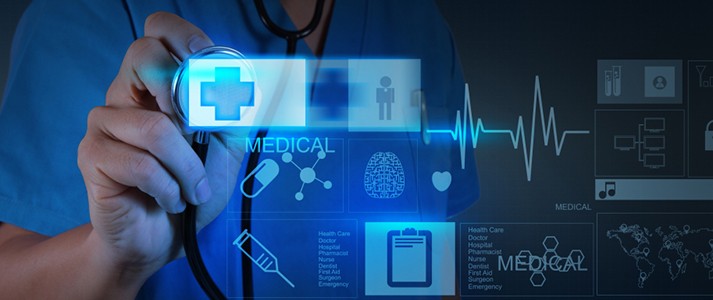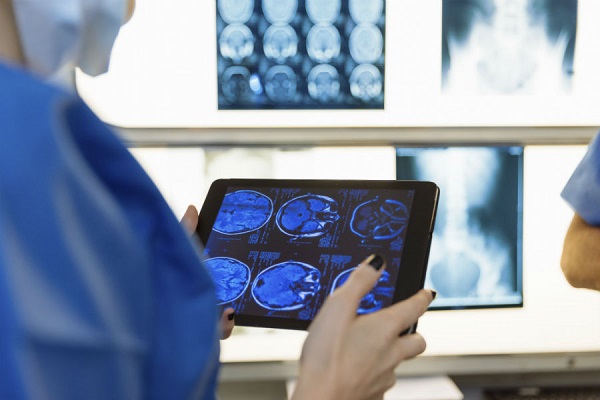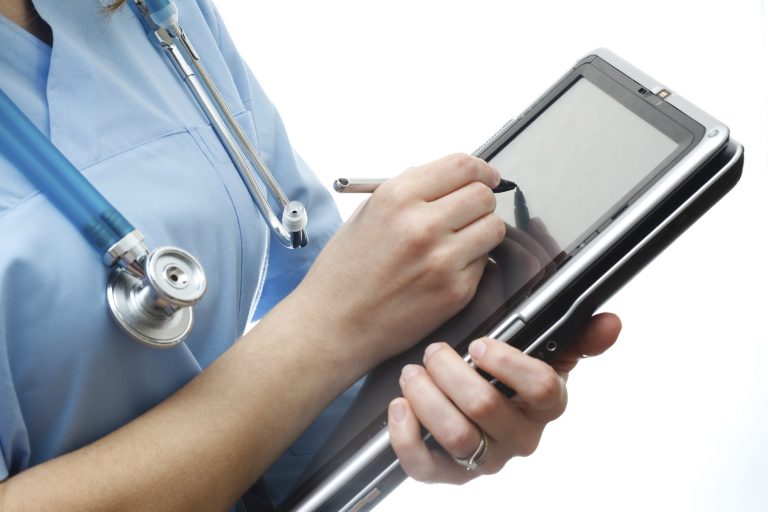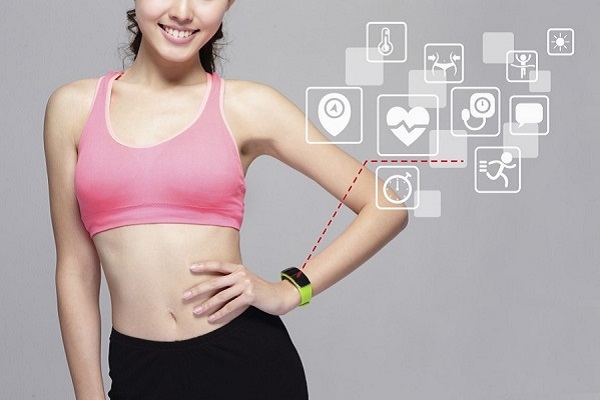Artificial intelligence (AI) is creation of unique systems using algorithms and software that can perform certain tasks without human intervention and instructions. Artificial intelligence comprises integration of several technologies such as machine learning, natural language processing, reasoning, and perception. Artificial intelligence is used in healthcare for approximation of human cognition and analysis of complex medical …
Continue reading “How Healthcare Artificial Intelligence Transforming Healthcare Industry”



